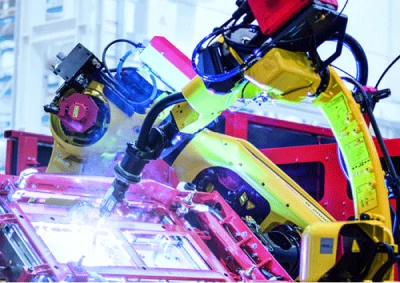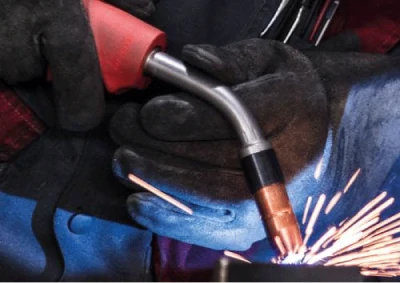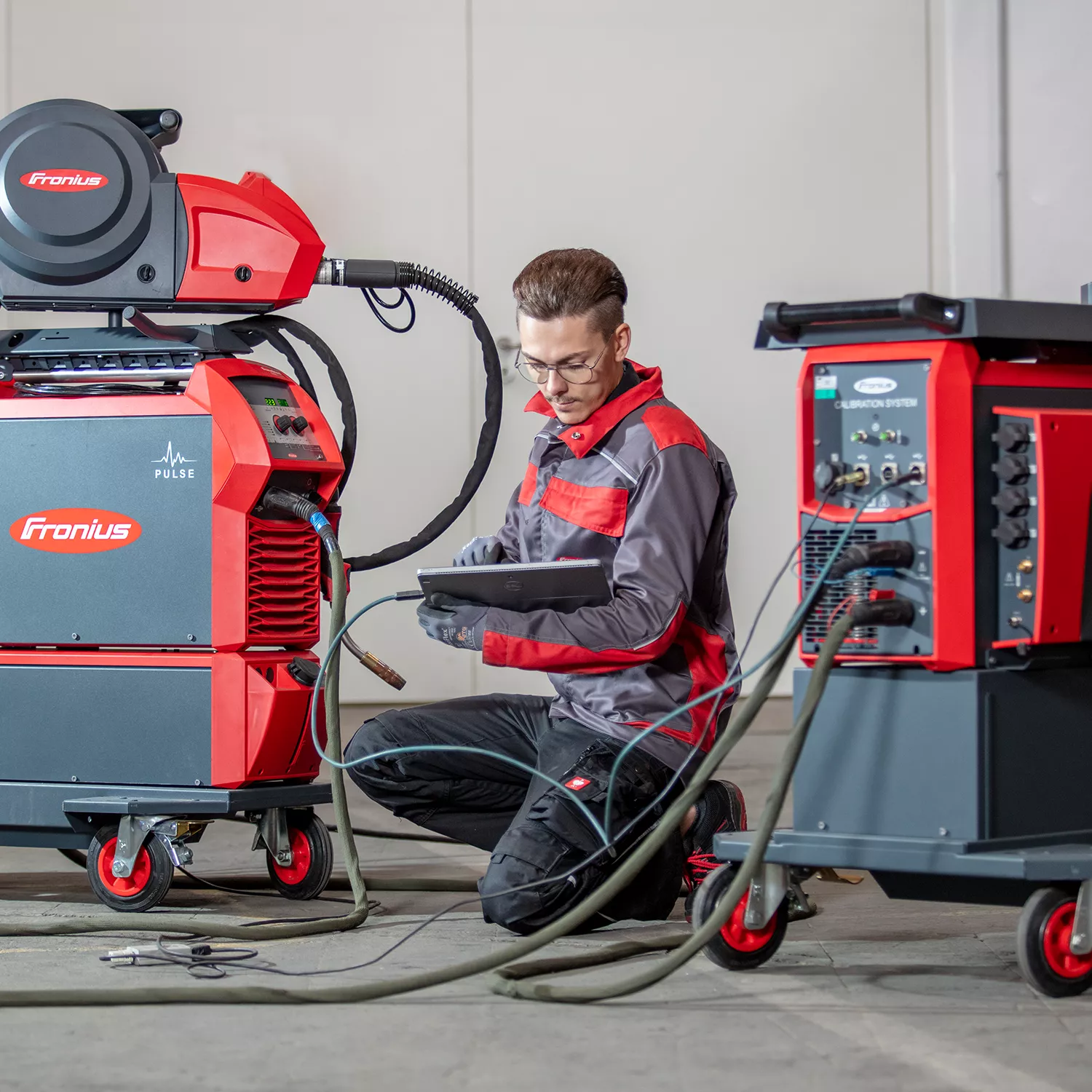At Fronius, the customer’s production quality has top priority. To ensure this level of quality is retained in the long term for power sources, regular calibration is necessary. For welding technology companies it is particularly important that devices deliver equivalent and consistent welding results throughout their entire service life. Fronius therefore recommends an annual calibration interval and performs calibration in compliance with the latest regulations, both for arc welding systems and for DeltaSpot.
THE SERVICE IN DETAIL
- Detailed system check
- Measurement of voltage, amperage and wire speed
- Analysis of results with regard to adherence to tolerances
- Recalibration of the system – welding parameters are accurately adjusted
- Observance of
- Quality assurance standards of the ISO 9000 series
- Product liability law
- EN 50504 (validation of arc welding equipment)
- Calibration certificate and test record issued, including measured values
- Calibration sticker affixed on completion of calibration
Fronius technicians are also happy to calibrate welding systems made by other manufacturers on request.
THE ADVANTAGES AT A GLANCE
- Expected quality standards are maintained: regular calibration of power sources is essential in the regulated welding technology sector where special quality standards are in force. The calibration certificate and test report fulfil the documentation and evidence obligations
- Reproducibility: once the correct parameters for a weld seam have been determined, it is important to be able to reproduce them again and again. Annual calibration enables identical welding results to be achieved from one weld seam to the next
- Transferability: it is only possible to transfer specified welding parameters to different power sources if all power sources are calibrated in the same way and they deliver the same results with the same settings
- Calibration to EN 50504: European standard EN 50504 specifies the validation procedure for arc welding equipment and all manufacturers certified to EN 1090 (standard for the execution of steel and aluminium structures) must comply with it







